Choosing the Right Frontend Framework in 2024
In 2024, when picking a frontend framework, don't just focus on technical features. Consider hiring opportunities, community support, and long-term viability. Our guide analyzes React, Angular, Vue.js, Svelte, and SolidJS from various angles to help you make an informed choice.

In the ever-evolving world of frontend development, the choice of a framework in 2024 transcends technical aspects. It extends to the realms of hiring prospects, community vibrancy, and the enduring sustainability of your chosen technology stack. Our up-to-date guide embarks on an in-depth exploration of React, Angular, Vue.js, Svelte, and SolidJS, providing a well-rounded perspective on each, helping you make an informed decision.
In a landscape filled with options, React stands tall with its extensive community, corporate backing from Facebook, and a flourishing job market. Yet, it does demand a continuous learning curve to keep pace with its rapid evolution.
Angular, on the other hand, offers a complete framework solution, TypeScript integration, and excels in enterprise-level projects. However, its learning curve and verbosity may be intimidating for newcomers.
Vue.js, celebrated for its ease of adoption and two-way data binding, is gaining ground, especially for small to medium-sized projects, but faces challenges like over-flexibility and limited corporate support.
Svelte's innovative approach eliminating the virtual DOM and concise code are appealing, though it grapples with an immature ecosystem and a limited job market presence.
SolidJS, with fine-grained reactivity and a familiar JSX syntax, shows potential but is still in its nascent stage, with fewer resources and a relatively unknown job market presence.
React
Pros:
- Community and Resources: Vast and active, offering numerous learning materials and libraries.
- Corporate Backing: Supported by Facebook, ensuring continuous development.
- Job Market: High demand for React developers makes hiring easier.
- Reusable Components: Enhances development speed and consistency.
Cons:
- Complex Ecosystem: This can be daunting for newcomers.
- Rapid Changes: Keeping up with updates requires constant learning.
- Performance Concerns: Larger apps may face optimization issues.
React's dominance in the job market and its comprehensive ecosystem make it a safe and versatile choice, though it may require regular upskilling to stay current.
import React, { useState } from 'react';
function ExampleComponent() {
const [count, setCount] = useState(0);
return (
<div>
<p>You clicked {count} times</p>
<button onClick={() => setCount(count + 1)}>
Click me
</button>
</div>
);
}
Angular
Pros:
- Complete Framework: Includes a wide array of built-in functionalities.
- TypeScript Integration: Promotes better code quality and maintainability.
- Large Enterprises' Choice: Often preferred for complex, large-scale applications.
- Developer Pool: Good availability of skilled Angular developers.
Cons:
- Learning Curve: Challenging for beginners due to its complexity.
- Verbosity: This can lead to larger codebases.
- Less Flexibility: Highly opinionated in its approach.
Angular's robust nature makes it ideal for enterprise-level applications, but its complexity may be overkill for smaller projects.
Code Example:
import { Component } from '@angular/core';
@Component({
selector: 'example-component',
template: `<button (click)="increaseCount()">Clicked {{count}} times</button>`
})
export class ExampleComponent {
count = 0;
increaseCount() {
this.count++;
}
}
Vue.js
Pros:
- Ease of Adoption: Simple and straightforward, great for beginners.
- Two-Way Data Binding: Streamlines form handling and UI updates.
- Flexibility: Easily integrates with other libraries.
- Growing Popularity: Increasing adoption in the job market.
Cons:
- Over-flexibility: This may lead to inconsistent coding practices.
- Language Barrier: Some resources are not in English.
- Smaller Corporate Support: Less direct investment compared to React or Angular.
Vue's simplicity and growing popularity make it an increasingly attractive option, especially for small to medium-sized projects.
Code Example:
<template>
<button @click="count++">Clicked {{ count }} times</button>
</template>
<script>
export default {
data() {
return {
count: 0
}
}
}
</script>
Svelte
Pros:
- Innovative Approach: Eliminates the need for a virtual DOM.
- Concise Code: Reduces boilerplate significantly.
- Performance: Offers enhanced runtime efficiency.
- Rising Interest: Gaining traction in the developer community.
Cons:
- Ecosystem Maturity: Fewer resources and tools available.
- Limited Job Market: Not as widely adopted in the industry.
- Enterprise Uncertainty: Less tested in large-scale environments.
Svelte's unique approach to frontend development is promising, but its ecosystem and job market are still maturing.
Code Example:
<script>
let count = 0;
function handleClick() {
count += 1;
}
</script>
<button on:click={handleClick}>
Clicked {count} times
</button>
SolidJS
Pros:
- Fine-grained Reactivity: Efficient updates lead to optimal performance.
- Familiar Syntax: JSX makes it accessible for React developers.
- Lightweight: Low overheads and fast performance.
- Emerging Technology: Gaining attention for its potential.
Cons:
- Nascent Stage: Limited community support and resources.
- Hiring Challenges: Finding experienced developers is difficult.
- Unproven in Large Projects: Less evidence of its scalability in big applications.
SolidJS shows great potential with its efficient reactivity model, but its current stage of development might pose risks for large-scale projects.
Code Example:
import { createSignal } from 'solid-js';
function ExampleComponent() {
const [count,
setCount] = createSignal(0);
return (
<button onClick={() => setCount(count() + 1)}>
Clicked {count()} times
</button>
);
}
Selecting a front-end framework is a decision that goes beyond just technical features. It involves considering the hiring landscape, community support, and the long-term viability of the technology. React and Angular remain strong contenders for their robust ecosystems and market demand. Vue.js is a balanced choice for its ease of use and growing adoption. Svelte and SolidJS, while promising, still need to establish themselves in larger markets. Your choice should align with your project needs, team expertise, and the strategic direction of your organization.
Remember, the best framework is not about the number of features but the right fit for your project's goals and constraints. Happy coding!
